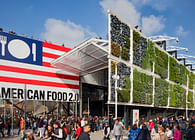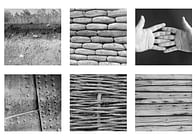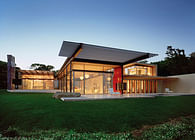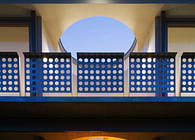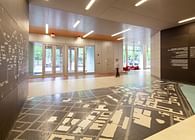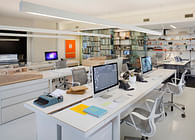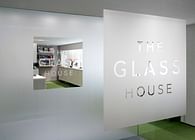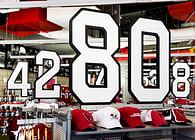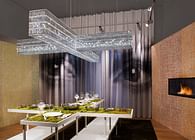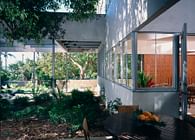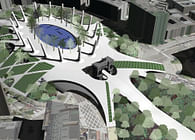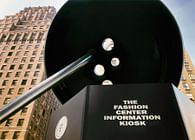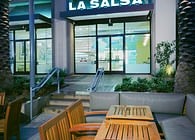
New York, NY
The Harley-Davidson Museum is a multi-building complex on a newly reclaimed brownfield industrial site close to downtown Milwaukee. It celebrates the history, culture and art of the 105-year old company, while creating a place for spontaneous gatherings and rallies that are the touchstone of the riding community.
Sitting on a peninsula surrounded by water, the urban design we developed re-establishes the lost city grid, reflects the site’s history in the new buildings, allows access to the water and defines space for future development. All the while, creating a place where riders feel comfortable, and where those who are new to Harley-Davidson feel welcome.
The community of Harley riders is most enthusiastic during rallies at towns like Sturgis and Laconia. We proposed the HDM should learn from these organic arrangements by having an informal and a formal component to the museum. We dubbed the outside component the ‘Museum on the Street’ and it became the counterpart to the formal museum in the building’s interior. A broad orange stripe emphasizes the rally space, while the Temporary Exhibition Space has large glass garage doors that allow the building to open to the street. These elements, among others create a highly accessible complex that is nonetheless secure and manageable.
The museum’s structure leans heavily on the history of factories, as riders refer to Harley-Davidson Motor Company as “the factory” and in acknowledgment of the site’s industrial history. Inside and out the structure is simply and honestly expressed. We used the design logic of the motorcycles for inspiration and as a result, the building reflects the honesty of the motorcycles in design and pride in the parts exhibited.
Sustainble design has been an integral part of our work for many years. The Harley-Davidson Museum was built without LEED certification (an owner decision, though we would have sought a Bronze or Silver level had we certified it) but the sustainability is built in. From the greenest ‘parking gardens’ in the region to the riverwalk lined with native plants that help control storm water runoff, to the white reflective roofs and light concrete roadways that reduce the heat island effect, the project quietly displays its green credentials. The entire site was filled with the crushed remains of the former highway overpass, and even the waterless urinals and solar-responsive light louvers at the museum façade are part of the overall sustainable design. There may seem to be a contradiction in the statement ‘sustainable design for a motorcycle company,’ but motorcycles are among the most efficient gas powered vehicles around, getting around 50 mpg and parking 4 bikes in a single automobile space.
The success of the project is heralded by the acceptance of both the riders, the general public and company, who all embrace it as their own.
Status: Built
Location: Milwaukee, WI, US
